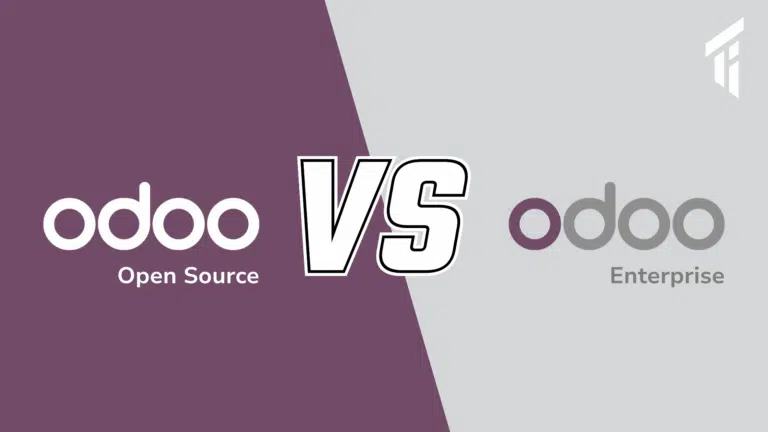Warehouse is the most important location for a business. The optimization of your warehouse and regulating the flow of goods is the key of smooth flow of your business as well. It might not have struck you so often, but think over it. If you have a business that totally depends on how efficiently and how rapidly your products are delivered to your customers, this article is a must read for you.
There are three main techniques of warehouse management, namely: FIFO, FEFO and LIFO
Let’s discuss briefly about each of these before weighing them against each other.
First In First Out (FIFO):
First in first out mode of warehouse management implies that the products that were stocked in or brought in first will move out first.
First Expire First Out (FEFO):
In first expire first out warehouse management technique the products are dispatched from the warehouse in order of their expiration date. That means the product whose expiration date is due first will move out of the warehouse first and rest will follow in the same order.
Last In First Out (LIFO):
As the name suggests, in last in first out kind of a warehouse arrangement, the product which is brought in the last, moves out the first.
Now let’s weigh all the three warehouse management techniques and try to find out which is the ideal method of warehouse management.
Merits of FIFO and FEFO:
These techniques are very similar to each other as they both are applied to similar kinds of products i.e. for products which have an expiration date. The only time these might differ is when a stock set, which is manufactured after date of manufacture of another stock set, moves into the warehouse first. This is a very rare scenario and hence these two are almost synonymous with each other.
This is the wisest method of warehouse management when it comes to products which have a shelf /service life. This method is especially preferred in businesses stocking FMCG (Fast Moving Consumer Goods), medicines, pharmaceuticals and other consumer durables.
If FIFO or FEFO is not followed in this case the chances of losing money and clients are higher as no clients would like to buy an expired or stale product, and even if they do, you would be at a greater loss than your customer as you would lose a valuable customer.
Merits of LIFO:
Last in first out is used in case of products which do not have a shelf life. Even still, it is not a very obvious choice. Let’s dig in a little deeper to understand where LIFO might be used and prove valuable.
If you are manufacturer of products which do not expire or perish, LIFO could be an option for you. You could benefit from LIFO as well. With LIFO your last manufactured goods would move out of your warehouse. Hence in your company accounts, you would be getting a clearer picture of your profits as you would be considering the current costs of manufacturing and selling. Now, in a case where your cost of manufacturing recently went up, you might calculate profits more than actually earned (for the goods manufactured at previous cost and stocked) as you would be calculating profits at current manufacturing costs, when in reality they need to be calculated against the older cost of manufacture. In such scenarios, using LIFO, would not only give better view of your economic status but also help you save tax.
Also in case of a decline in market value of the product, your write-downs would be lower as you would have sold the products which cost you most to manufacture, first.
Examples of the industries which can profit from LIFO could be, construction materials industry, wine industry etc.
Another advantage of LIFO is that it reduces the hassle in the warehouse. With the need of regularly rotating the stock ruled out, there is much more convenience and a lot less hassle in the warehouse.
The Final Verdict:
In majority of cases, businesses have a requirement of FIFO or FEFO setup for their warehouse management. But you should be very wise in choosing the kind of warehouse management your business requires as it is the key of growth of your business.
We cannot recommend one technique above the other as it depends on your specific business. Although, you can be a definite winner if you are able to decide wisely as to which management technique your business requires. If you need any help. Send us an email [email protected]
*Image source: http://bit.ly/1GO9Zj4, http://bit.ly/1DLdlRH, http://bit.ly/1HwUQSm





